Cambodia – Angkor Wat, floating villages, birds sanctuary
A journey to the heart of Cambodia, where history intertwines with nature, felt like stepping into a completely different world. Angkor Wat, with its majestic towers and mystical corridors, was not only a testament to the engineering genius of the ancients but also a place where one could feel the spirit of the past. It was also our main destination on the trip to Cambodia.
THE SACRED CITY OF ANGKOR WAT.
Angkor Wat, a masterpiece of architecture and a national symbol of Cambodia, is a testament to the extraordinary past of the Khmer Empire. Built in the first half of the 12th century by King Suryavarman II, originally as a Hindu temple dedicated to Vishnu, it eventually transformed into a center of Buddhist worship. Covering an area of 162.6 hectares, the Angkor Wat temple complex is the largest religious monument in the world, and its monumental size and intricate iconography reflect the power and spirituality that once dominated this land.
Bayon, another significant temple in the Angkor complex, is famous for its enigmatic stone faces adorning its towers. These faces are believed to represent either the bodhisattva Avalokiteshvara or King Jayavarman VII himself, who commissioned the construction of Bayon in the late 12th century as the central point of his capital, Angkor Thom.
Ta Prohm, often referred to as the “temple in the embrace of trees,” known from the Tomb Raider movie, is unique in its symbiosis with nature. Built by Jayavarman VII as a monastery and university, Ta Prohm remains in memory as a place where nature and architecture coexist in harmony, creating picturesque and mysterious landscapes.
The decline of Angkor Wat and the entire temple complex in Angkor is a subject of scholarly debate, but one theory suggests that climate change and irrigation system problems may have contributed to the fall of the Khmer Empire. Other theories suggest that internal conflicts or external invasions could also have been factors.
Within the Angkor Wat area, you can encounter numerous monkeys, which are part of the attraction for tourists. These animals, though often cute and amusing, are also wild and can behave unpredictably. They frequently steal food and small items, which they eagerly exchange for bananas. They tried to steal our extreme hat.
One amusing story circulating among guides tells of a tourist who decided to take a selfie with one of the monkeys. The monkey, as if wanting to show who the real star was, stole her sunglasses and wore them with casual grace, posing for photos on the temple ruins. The tourist eventually got her sunglasses back, but the unforgettable selfie with the monkey in the lead role became an internet sensation.
Angkor Wat and other temples in the Angkor complex are not only historical landmarks but also living monuments of culture and spirituality that have survived the test of time to varying degrees and continue to fascinate with their mystery and beauty.
FLOATING VILLAGES.
Tonle Sap, the largest lake in Cambodia and the fifth largest in the Indochinese Peninsula, is an extraordinary ecosystem whose surface drastically changes depending on the season.
During the dry season, the lake shrinks to about 2,500 square kilometers, while during the rainy season, it expands to an area of up to 15,000 square kilometers. This phenomenon is the result of a unique hydrological system in which the Tonle Sab River changes the direction of water flow depending on the season, pushing fish-rich waters from the Mekong into the lake.
The floating villages in Cambodia, especially those located on the Tonle Sap Lake, are a fascinating example of human adaptation to life in close symbiosis with nature. The buildings here are floating or built on high stilts, which protect the dwellings from flooding during the rainy season. Constructed of wood and bamboo, they are sealed with tarps and various types of foil, including plastic bags. Life in these villages is closely linked to fishing, which is the main source of livelihood for the residents. Tonle Sap Lake is renowned for its vast biological diversity and is considered one of the most fish-rich freshwater bodies in the world, with annual catches exceeding 200,000 tons of fish.
The relocation to land is often seen as an opportunity to improve the quality of life and provide a better future for future generations. This phenomenon reflects the dynamic socio-economic changes occurring in Cambodia and the challenges facing communities associated with the Tonle Sap Lake.
Residents of the floating villages lead a life in rhythm with nature, adjusting their daily activities to the changing water levels. These villages are also an example of Cambodia’s cultural diversity, where alongside Buddhist temples, you can find Catholic churches on the water, indicating religious tolerance in the region.
PREK TOAL BIRD SANCTUARY
Prek Toal Bird Sanctuary in Cambodia is a true paradise for ornithologists and nature photographers. It is one of three biospheres on the Tonle Sap Lake. On the way to the reserve, we passed floating villages, vast fishing grounds, working fishermen, and boats that children used to get to school. In the floating village, a reserve employee joined us and accompanied us throughout our stay in Prek Toal, where we had the opportunity to observe species such as:
- avanese marabou – Leptoptilos javanicus,
- Lesser adjutant – Mycteria leucocephala,
- Oriental darter – Anhinga melanogaster,
- Grey-headed fish eagle – Icthyophaga ichthyaetus.
The opportunity to observe such species makes Prek Toal unique for nature photographers.
CAMBODIAN CUISINE.
It was a feast for the senses. Cambodian cuisine, also known as Khmer cuisine, is rich in flavors and aromas, combining influences from neighboring countries and its unique tradition. It is characterized by the use of fresh ingredients, herbs, and spices that give depth and subtlety to dishes. Some dishes were strongly spicy, but it wasn’t a problem as they specially prepared them slightly milder for us.
Here are a few examples of dishes that are quintessential to Cambodian culinary heritage:
- Amok – the flagship Cambodian dish, which is a type of curry, often prepared with freshwater fish or snails. It is characterized by the use of lemongrass, chili, turmeric, and coconut milk. Amok can be served in banana leaves or coconut shells and is usually slightly spicy.
- Nom banh chok – known as “Khmer noodles“, this dish consists of rice noodles served with green curry, cooked with freshwater fish, and accompanied by lemongrass, ginger, turmeric, garlic, and fresh vegetables.
- Baked bananas in dough – my favorite dish 🙂
- Nom Khruok – ookies made from rice and coconut milk, stuffed with bananas or other fruits. These dishes reflect the diversity and richness of Cambodian culinary culture, offering both residents and visitors unforgettable taste experiences.
These dishes reflect the diversity and richness of Cambodian culinary culture, offering both residents and visitors unforgettable taste experiences.
In addition to the dishes mentioned above, we indulged in all available fruits. We also found our favorites, which are mangosteens, which look like cloves of garlic inside.
Some of us dared to taste various insects, including crispy tarantula, as well as scorpions and bats.
Consuming insects, scorpions, and spiders in Cambodia is part of the country’s traditional diet and culture. There are several reasons why these unusual foods are popular, but one is often cited as the main reason – survival. In the past, during periods of famine or armed conflicts, including civil wars, eating insects was a
In Cambodia, we mainly got around by tuk-tuks. Tuk-tuks are one of the most characteristic modes of transport in many Southeast Asian countries, including Cambodia, and they are popular among both locals and tourists.
We chose them because of their availability – they’re simply everywhere – and because of their low cost. Riding a tuk-tuk is an incredible joy and gives you the feeling of being almost like a local resident.
A trip to Cambodia is not just a tour; it’s a journey to a land where each day brings new discoveries and every corner hides countless stories. It’s an experience that changes your perspective and leaves a lasting impression, which is why we’ll be back there soon.



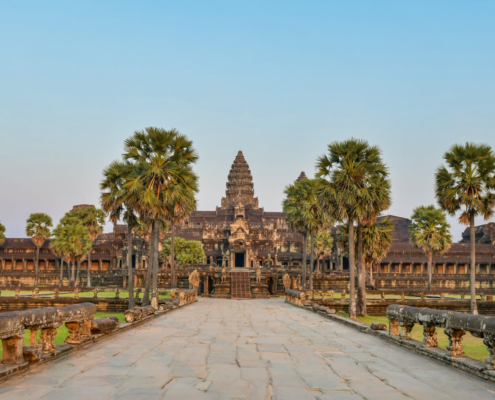

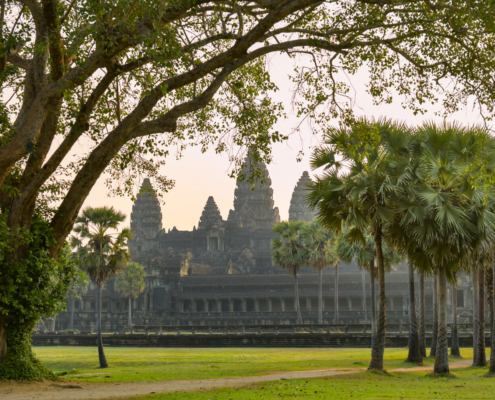

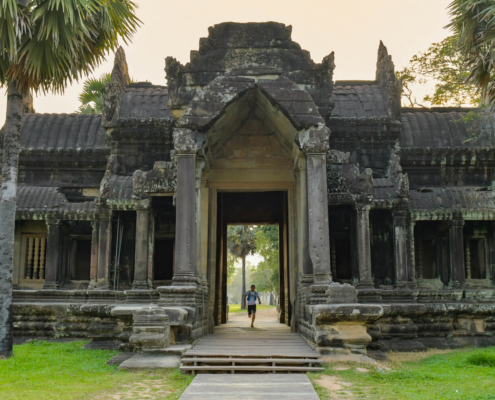

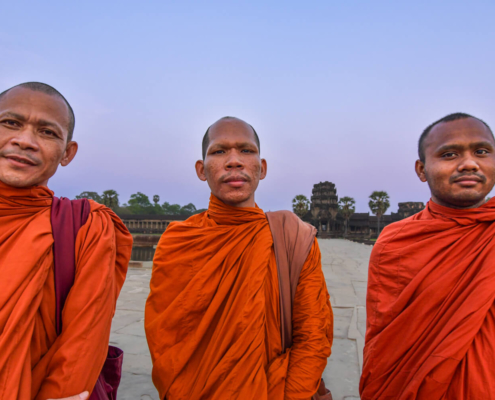
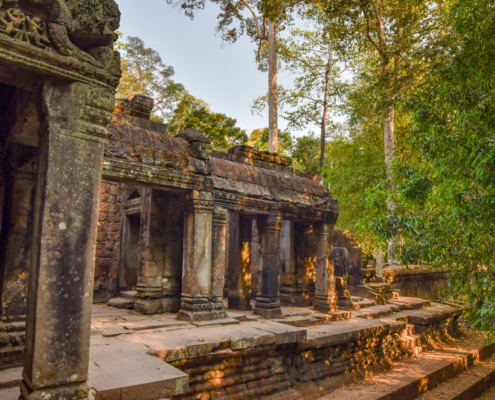

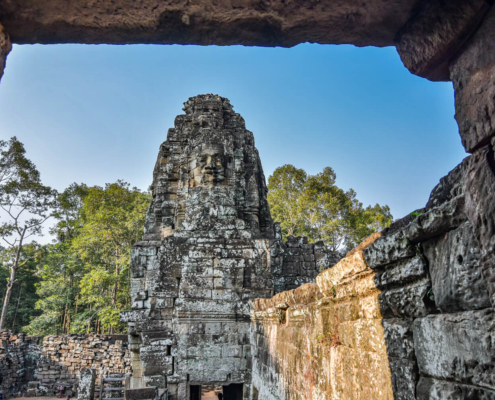
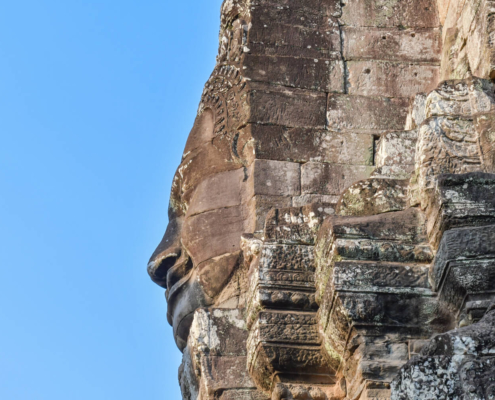
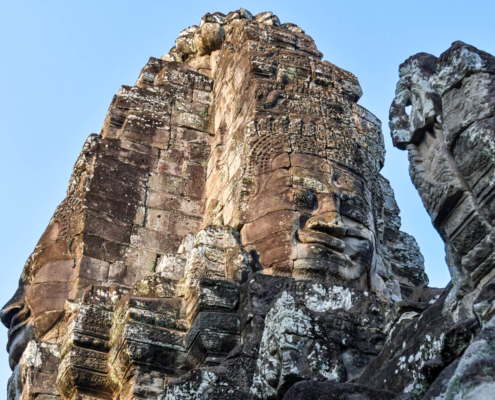


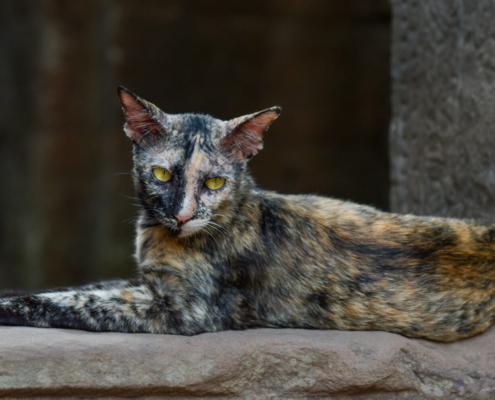

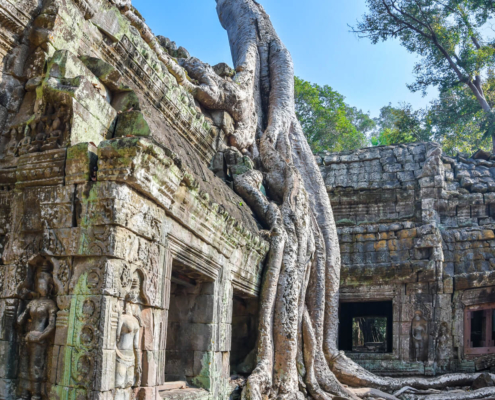

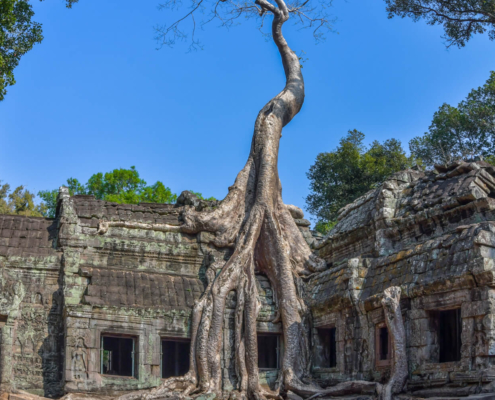
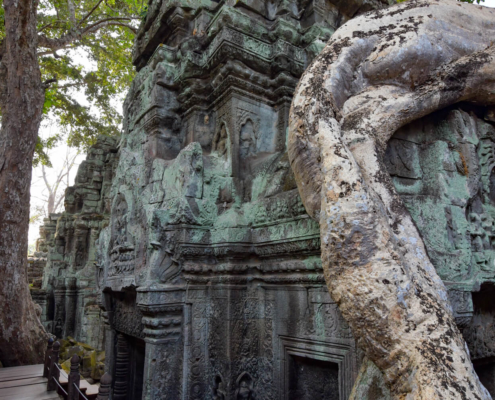

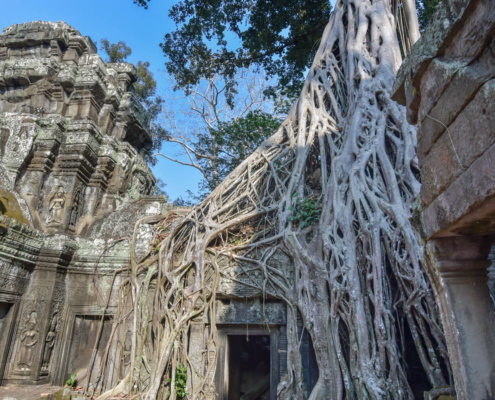

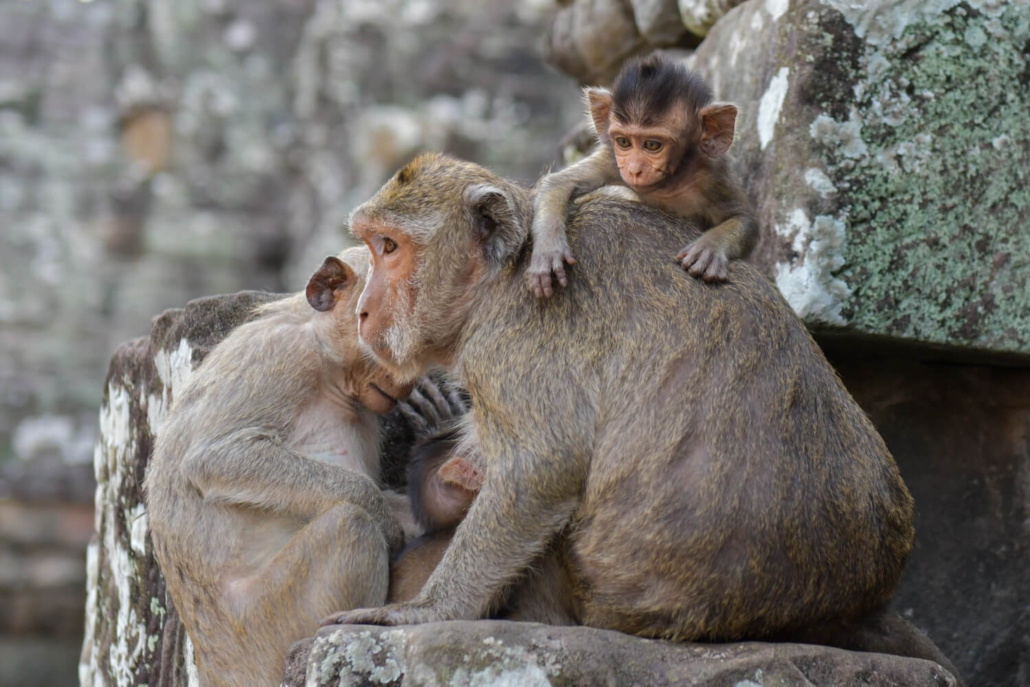
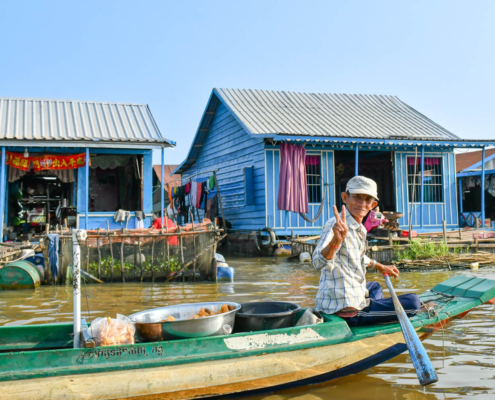
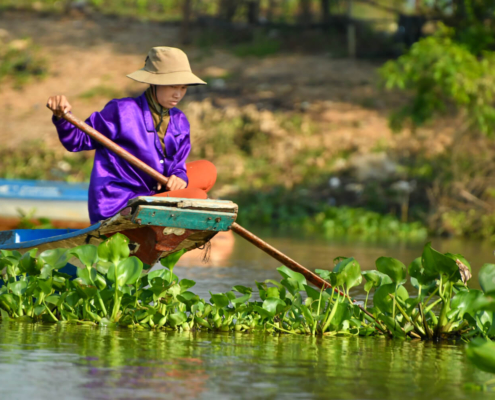
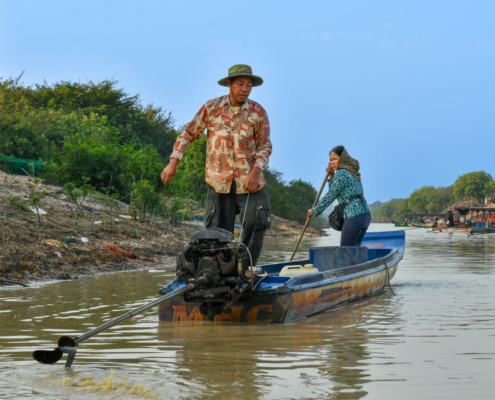
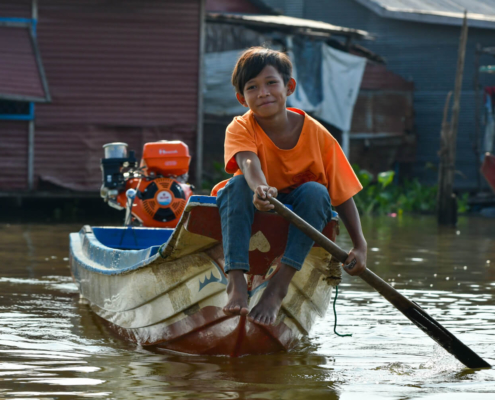
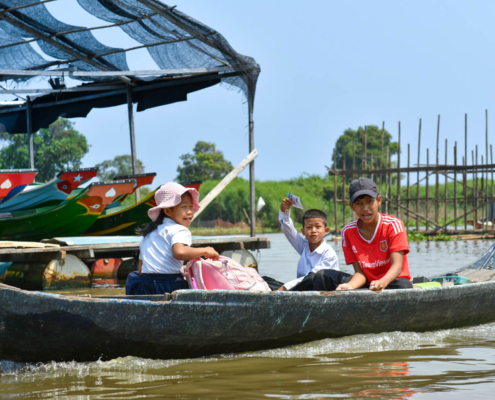

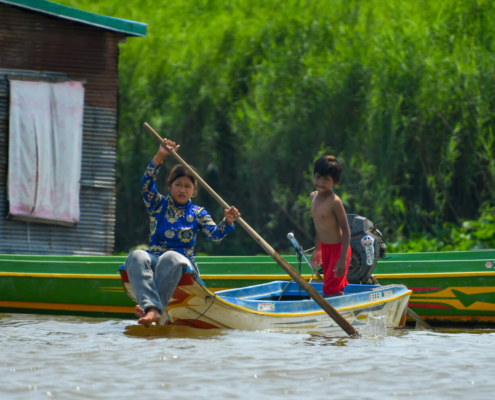
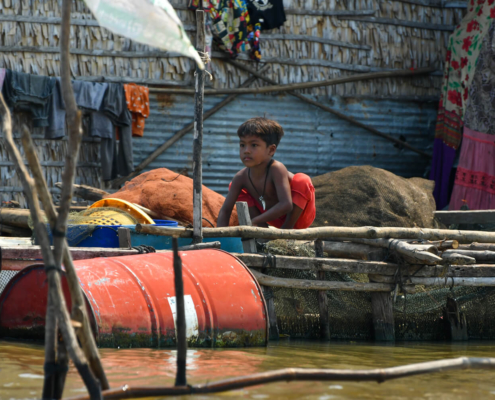


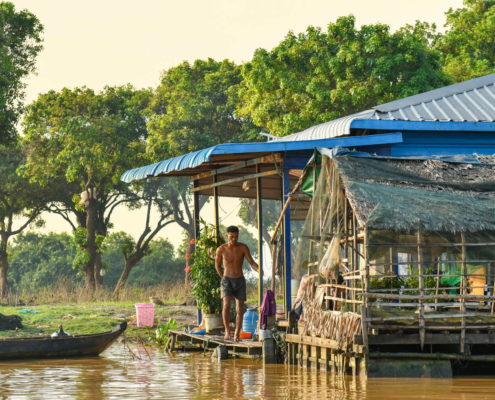
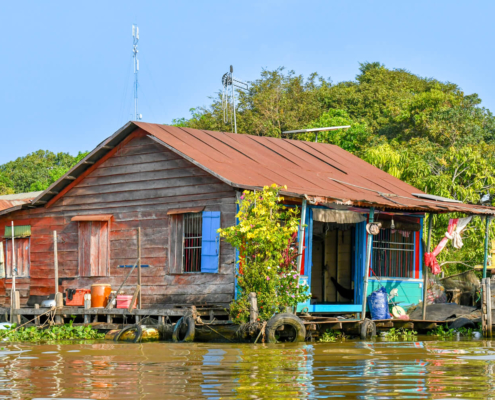




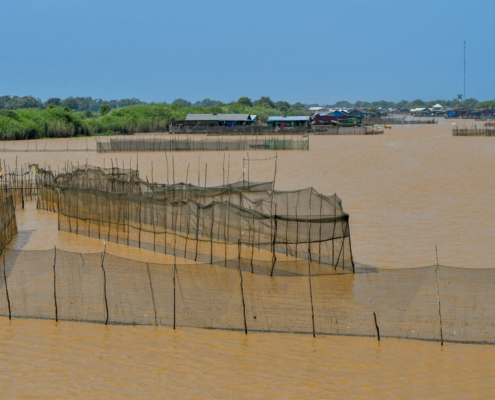
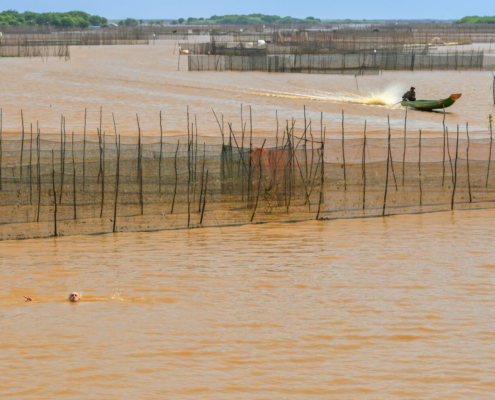
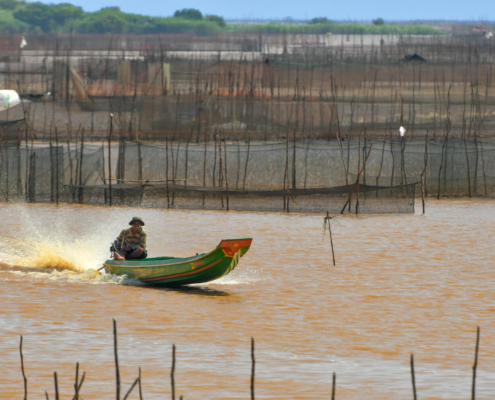
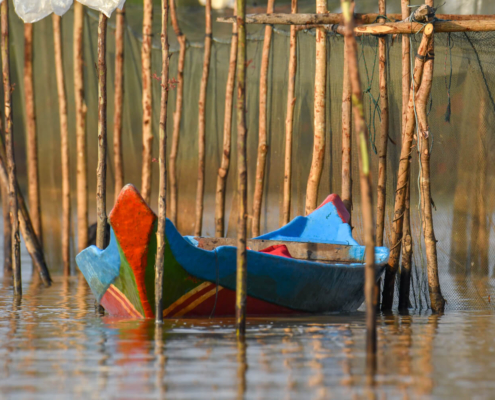
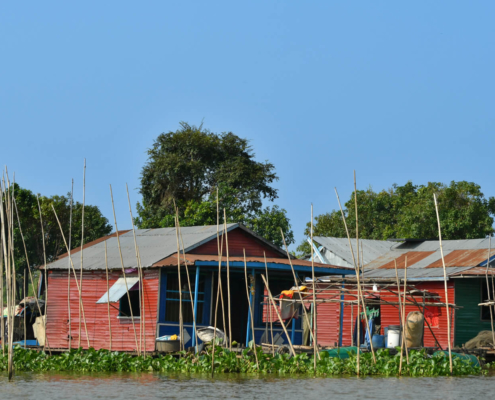

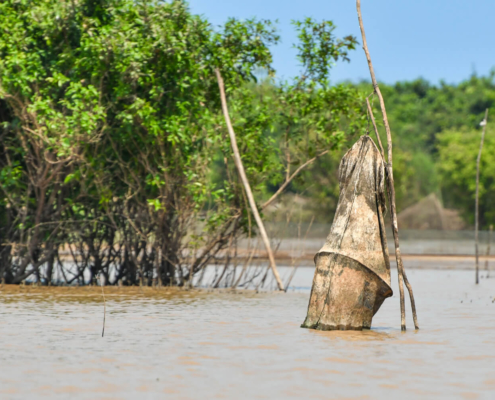


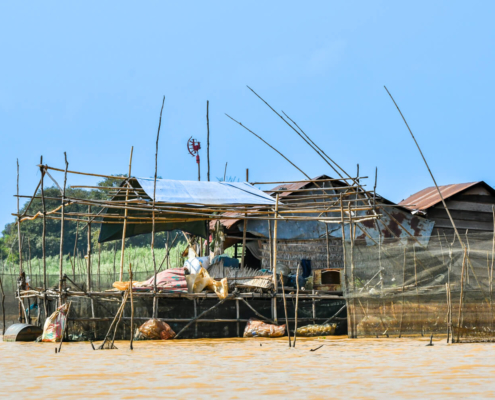
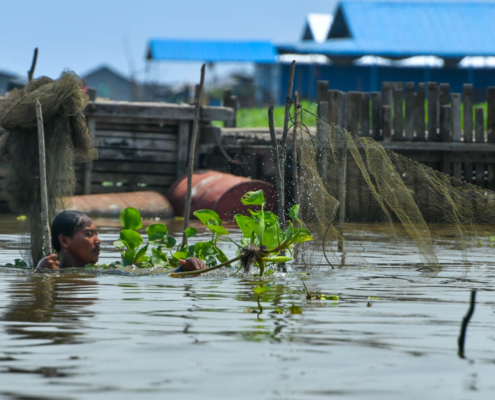

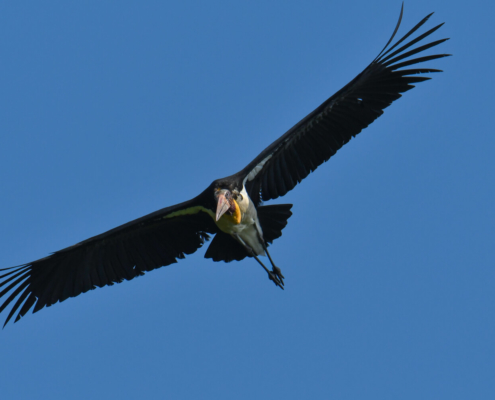
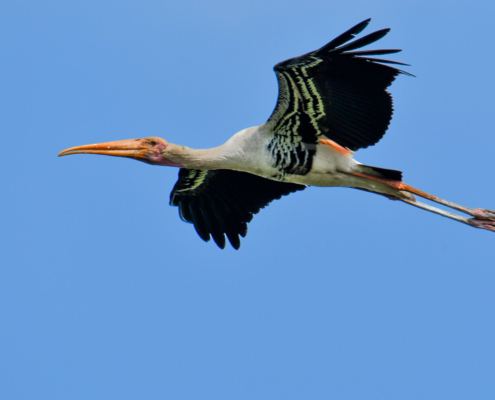
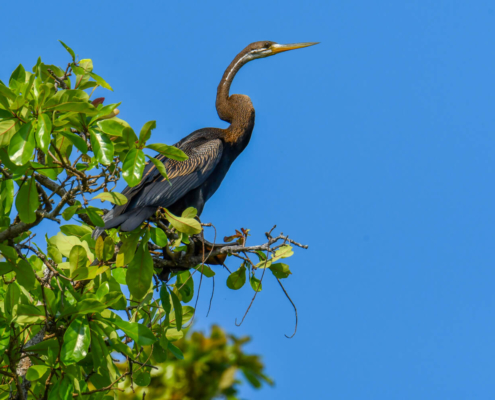

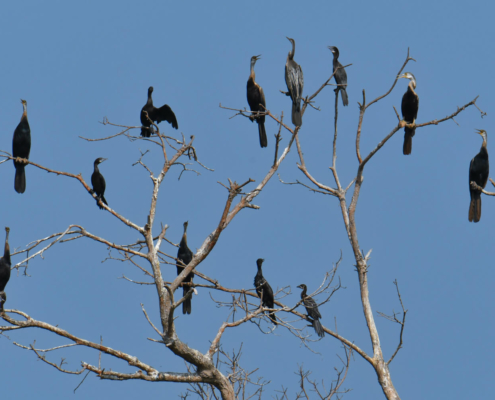
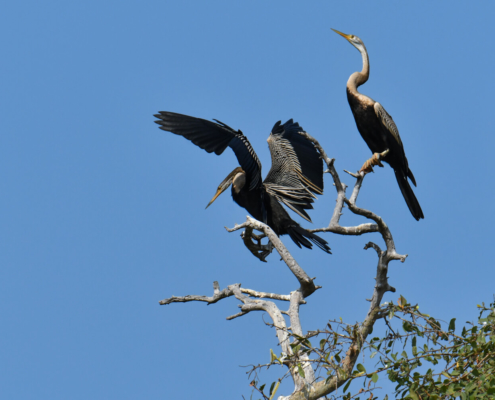
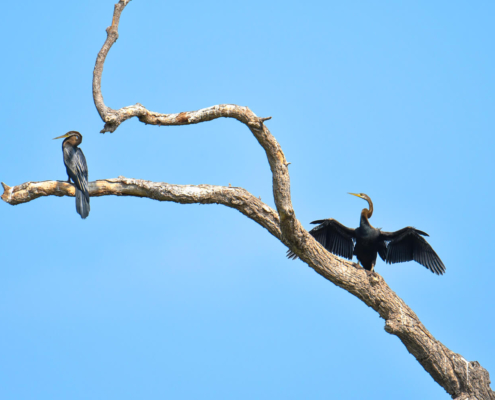


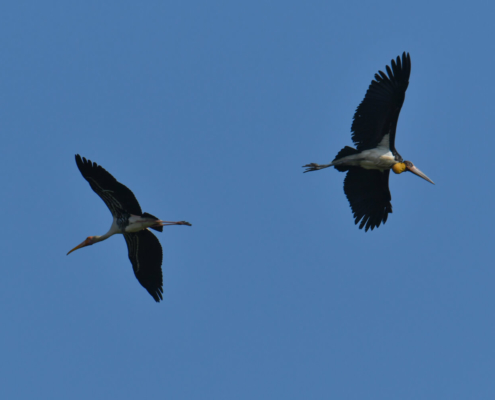
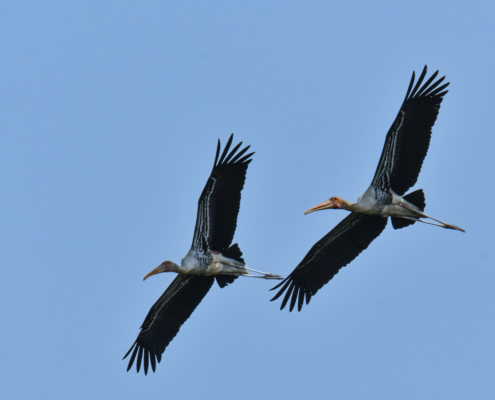
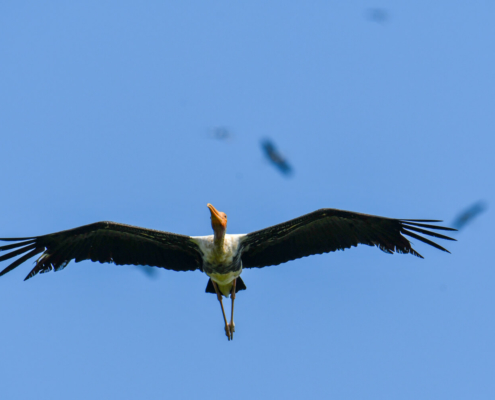
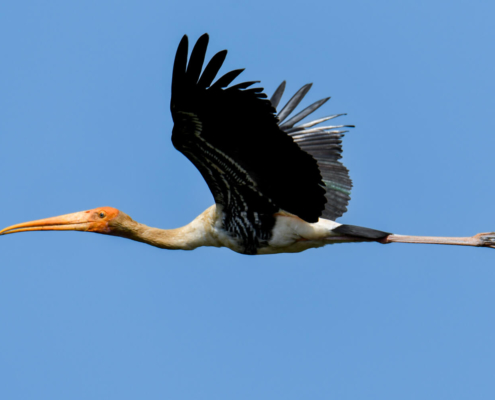
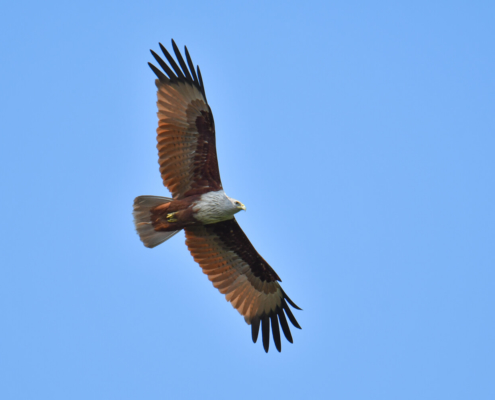



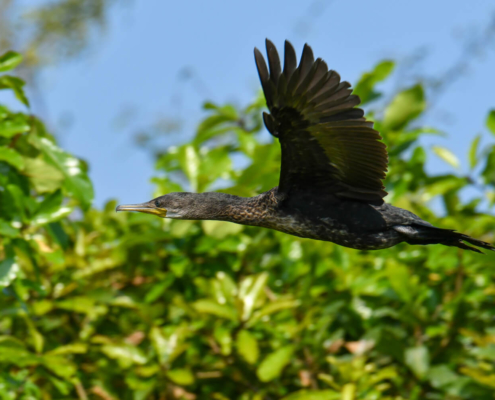

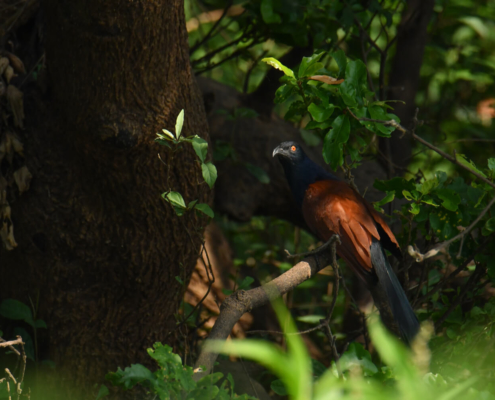
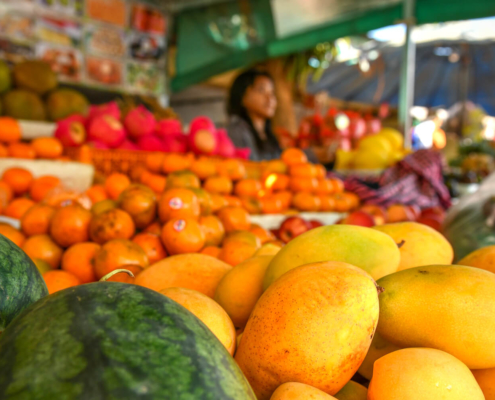
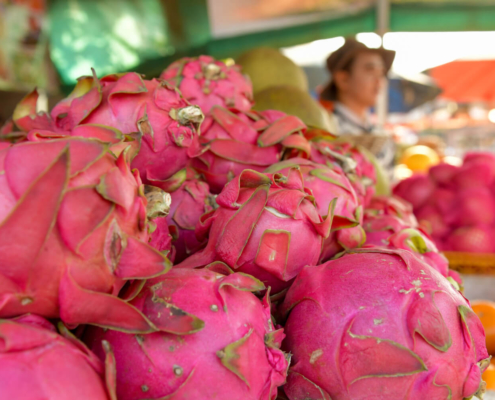
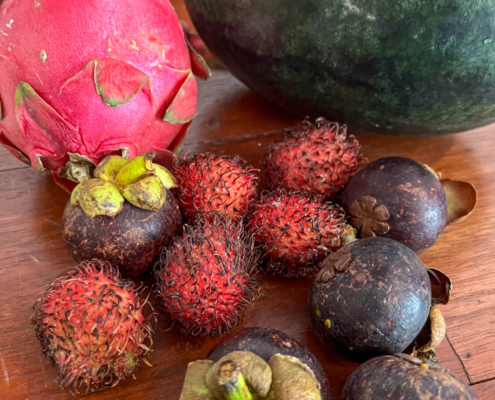
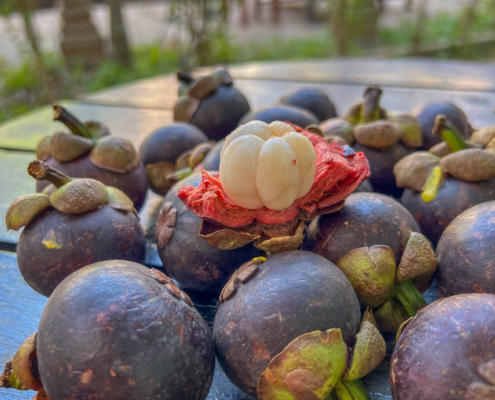

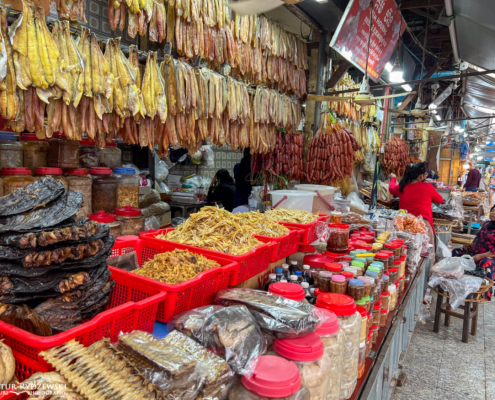
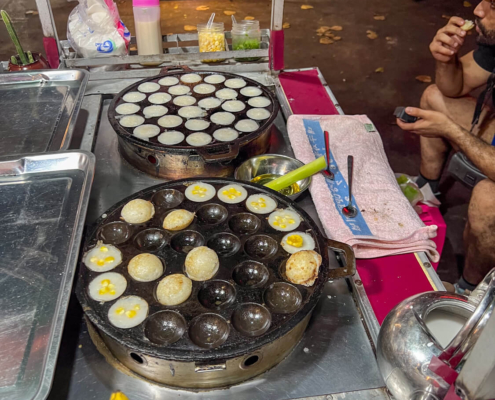
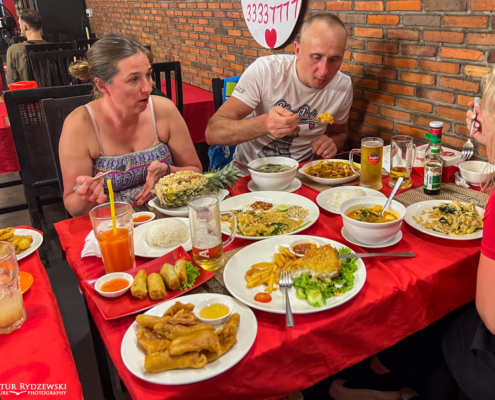
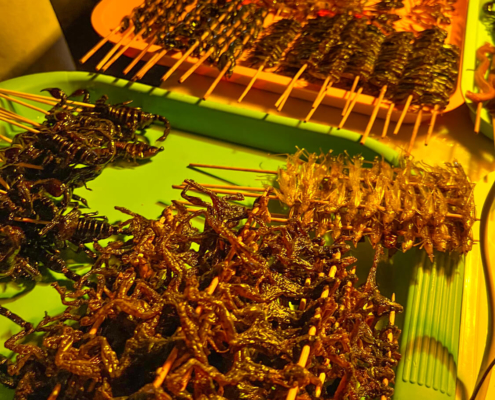
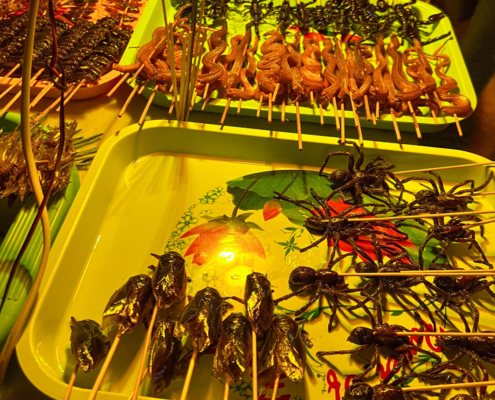
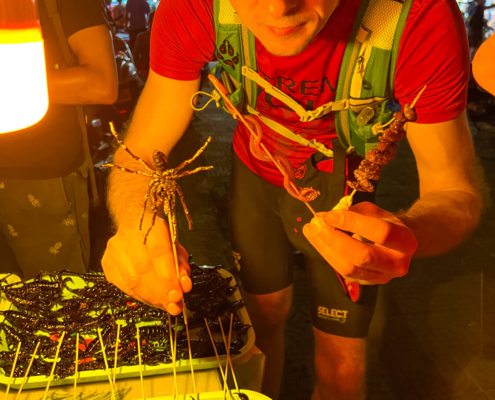


Leave a Reply
Want to join the discussion?Feel free to contribute!